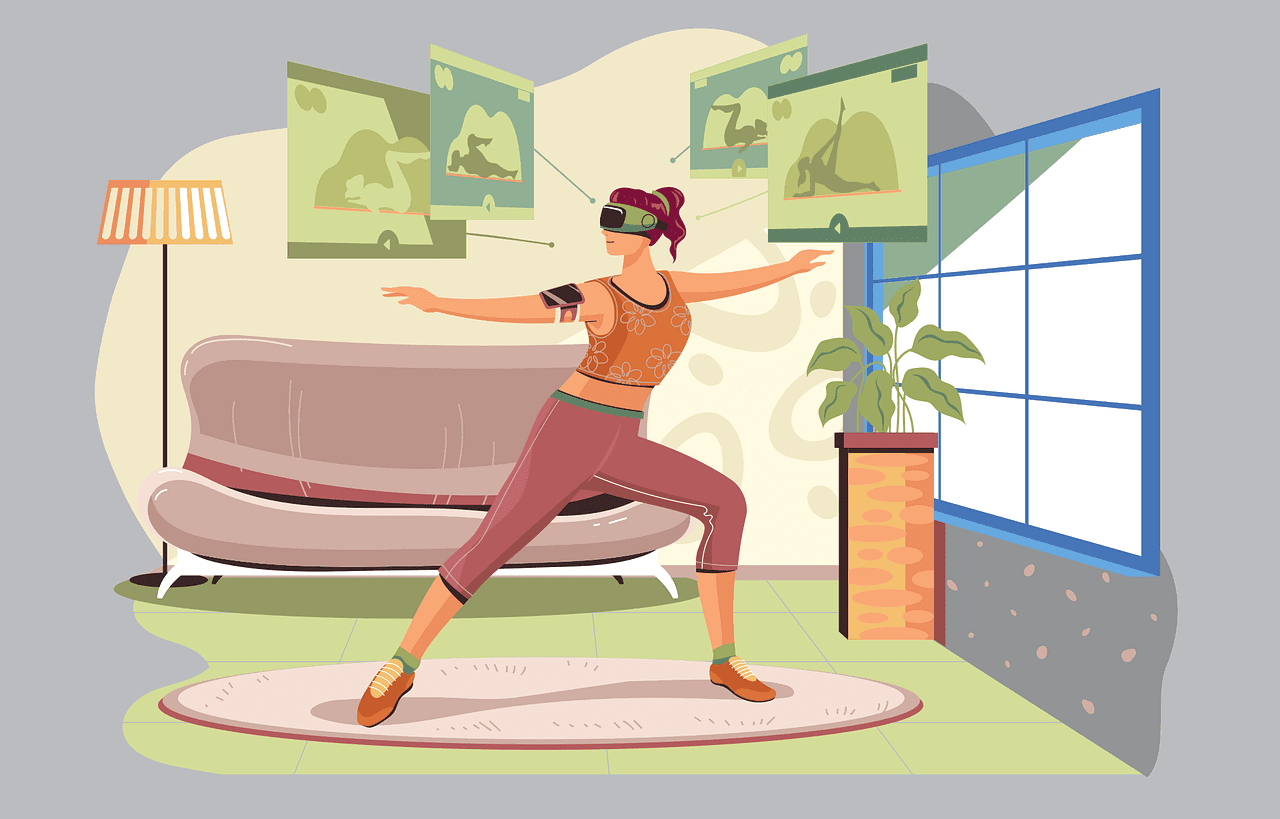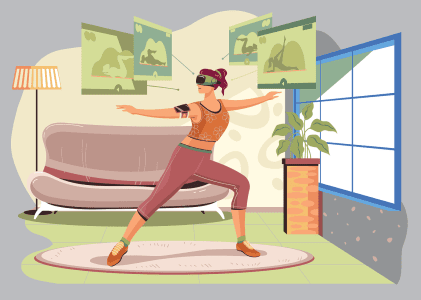Listen to the story
These game-environments are called exergames and are a fully immersive 3D environment using head-mounted displays (HMDs) and motion tracking controllers. The players’ activities are tracked in the virtual space and allow interactions between the player and other virtual objects beyond a physical boundary. The attention of the user that is exercising in a virtual environment shifts away from internal stimuli, like increased breathing and muscle pain, toward external sensory stimuli of the exergame, like game sounds and visual images.The perceived exertion in this virtual reality environment is turning from physical to empower engagement, according to the research by Stefano Masiero, University of Padua, Italy. Researchers from the Leibniz Research Centre for Working Environments and Human Factors in Dortmund (IfADo) have in a new research study viewed the relationship between changing lifestyle factors, cognitive functions and their influence on work ability. They found that work ability is affected by many factors, but especially social activities outside work and physical activity in leisure time improved wellbeing and work performance. The researchers analysed cross-sectional data from 247 middle-aged (20-44 years old) and 236 older (45-69 years old) workers from the Dortmund Vital Study, where especially middle-aged people’s work ability were positively affected by physical fitness. According to the Eurobarometer, only 32-42% in this group is engaged in continual physical activity in the EU. In this spirit, engaging in Virtual Reality environments of exergames could be a workable solution to improve wellbeing, health and work ability. Written by See our latest blog post on our business blog: Interactive Lifelong Learning – A book with significant impact Part 2 Opens in a new tab
Virtual Reality makes the perceived exertion lower
Exercise and work ability
LarsGoran Bostrom©



